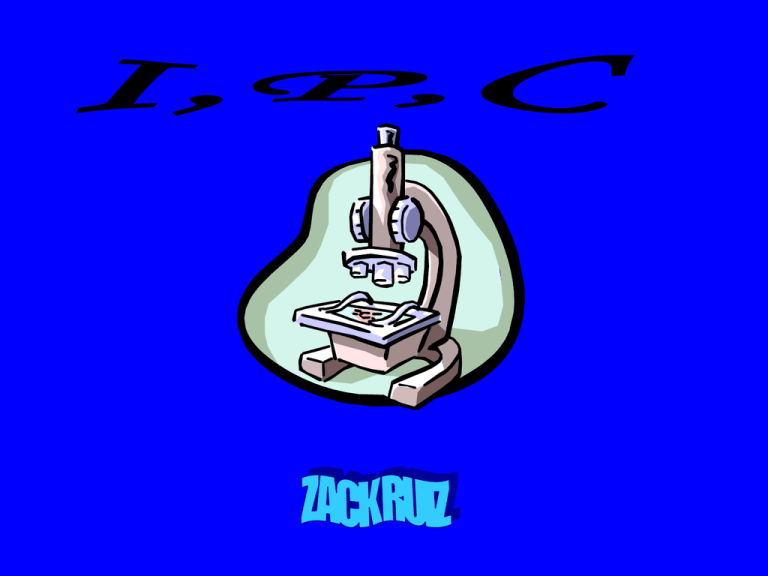Integrated Physics and Chemistry TEKS #4
advertisement

Integrated Physics and Chemistry TEKS #4 • 4) Science concepts. The student knows concepts of force and motion evident in everyday life. The student is expected to: • (A) calculate speed, momentum, acceleration, work, and power in systems such as in the human body, moving toys, and machines; • (B) investigate and describe applications of Newton's laws such as in vehicle restraints, sports activities, geological processes, and satellite orbits; • (C) analyze the effects caused by changing force or distance in simple machines as demonstrated in household devices, the human body, and vehicles; and • (D) investigate and demonstrate mechanical advantage and efficiency of various machines such as levers, motors, wheels and axles, pulleys, and ramps http://www.mste.uiuc.edu/dildine/thesis/sld020.htm How to Calculate Speed of a Airplane? • The airplane above is traveling in a straight line at a constant speed. Its speed is the distance traveled divided by the time interval. If we know how far it is traveling in a given time we can determine its speed. We can calculate this speed if we have two images of the plane separated in time. • Acceleration is the rate of change in velocity of an object. • The most common unit of acceleration is m/s/s which can also be written as m/s2 or ms-2. This means the rate of change in velocity per second. • For example if an object increased its velocity by 2 meters every second then its acceleration would be 2m/s/s. • Accelaration = change in velocity / time taken for change. • Therefore if an object travels from stationary to 5 m/s in 2.5 seconds then its acceleration = 5/2.5 = 2m/s/s. • Uniform acceleration is just the name given to a constant acceleration.


